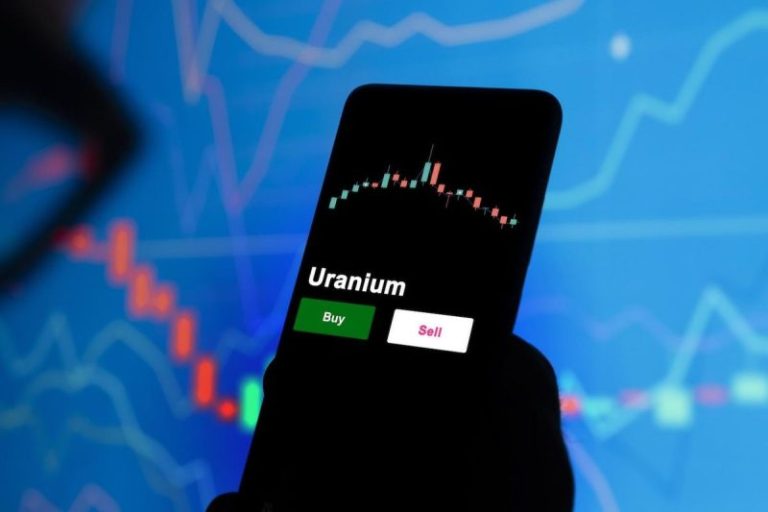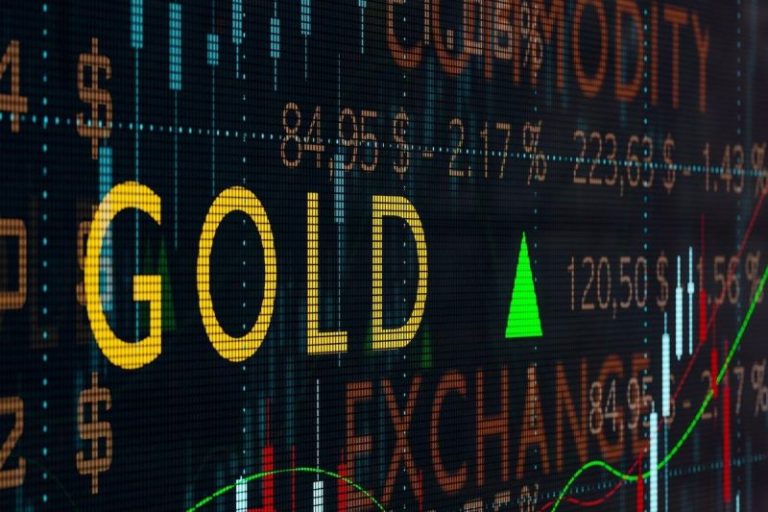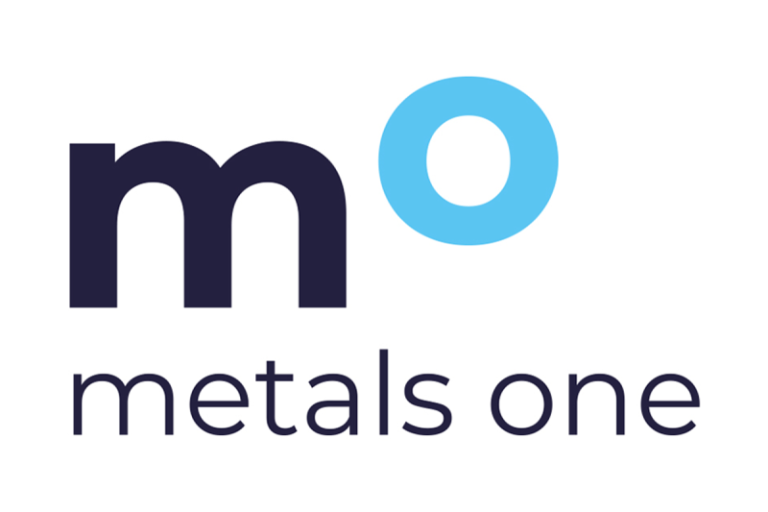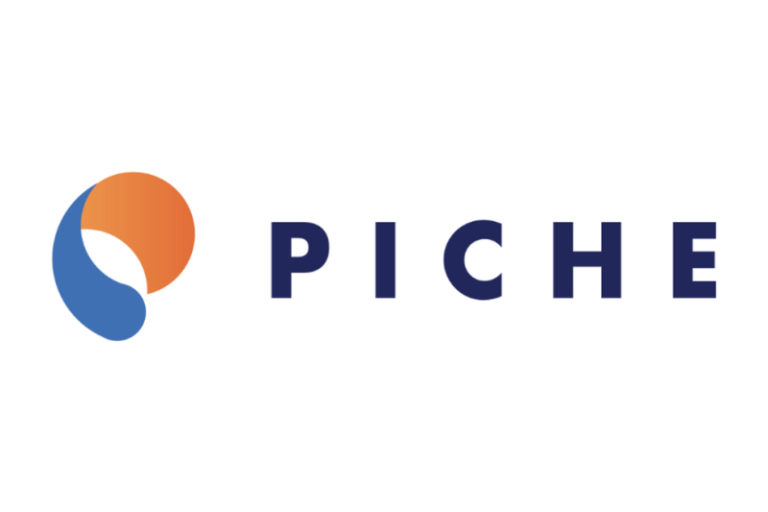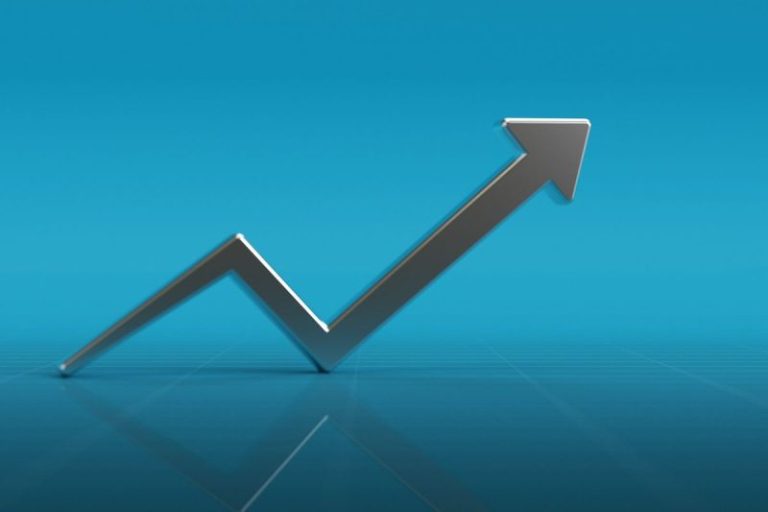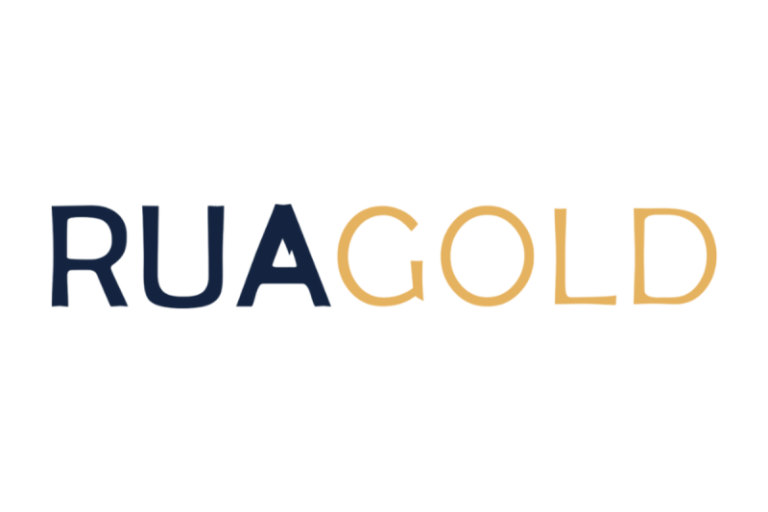Not for distribution to U.S. news wire services or dissemination in the United States.
Corcel Exploration Inc. (CSE: CRCL,OTC:CRLEF) (OTCQB: CRLEF) (the ‘Company’ or ‘Corcel’) today announced the closing of its previously announced non-brokered private placement (the ‘Offering’) issuing 11,681,798 units (the ‘Units’) at a price of $0.18 per Unit for gross proceeds of CAD$2,102,723.64
Each Unit consists of one common share of the Company (each, a ‘Share’) and one-half of one common share purchase warrant (each whole common share purchase warrant, a ‘Warrant’). Each Warrant will entitle the holder thereof to acquire one additional Share (each, a ‘Warrant Share’) at a price of $0.30 per Warrant Share until the date which is 24 months following the Closing Date (as defined below), subject to an acceleration clause. If the ten-day weighted average closing price of the Shares as quoted on the Canadian Securities Exchange (the ‘CSE‘) is equal to or greater than $0.40, then the Company may, at its option, accelerate the expiry date of the Warrant by issuing a press release (a ‘Warrant Acceleration Press Release‘) announcing that the expiry date of the Warrants will be deemed to be on the 30th day following the issuance of the Warrant Acceleration Press Release (the ‘Accelerated Expiry Date‘). All Warrants that remain unexercised following the Accelerated Expiry Date will immediately expire and all rights of holders of such Warrants will be terminated without any compensation to such holder.
The Company intends to use the net proceeds of the Offering for exploration at its Yuma King Project in Arizona and for working capital purposes.
In connection with the Offering, the Company paid the finders fees of $67,459.56 cash and issued 374,775 finders warrants of the Company (the ‘Finders Warrants‘). Each Finders Warrant entitles the finder to purchase one Common Share at a price of $0.30 per Common Share until December 2, 2027.
All securities issued in connection with the Offering will be subject to a statutory hold period expiring April 3, 2026.
The securities described herein have not been, and will not be, registered under the United States Securities Act of 1933, as amended (the ‘U.S. Securities Act’), or any state securities laws, and accordingly, may not be offered or sold within the United States except in compliance with the registration requirements of the U.S. Securities Act and applicable state securities requirements or pursuant to exemptions therefrom. This press release does not constitute an offer to sell or a solicitation to buy any securities in any jurisdiction
APPOINTMENT OF CORPORATE SECRETARY
The Company is pleased to welcome Rosana Batista as Corporate Secretary, with immediate effect. A seasoned business administrator with over 20 years of experience, Rosana holds a bachelor’s degree in business administration and has built her career in the information technology department, working for international public companies. Her expertise spans governance, demand management, process review, and budget control. Since 2012, she has focused her career on governance, developing deep specialization in the field.
For the past nine years, she served as Corporate Secretary for Orogen Royalties Inc., a Canadian publicly listed venture company. Rosana is a Chartered Governance Professional and an Associate of the Chartered Governance Institute of Canada
ABOUT Corcel Exploration
Corcel Exploration is a mineral resource company engaged in the acquisition and exploration of precious and base metals properties throughout North America. The Company has entered a long-term lease agreement to acquire the Yuma King Copper-Gold project in Arizona, which spans a district-scale land position of 3,200 hectares comprising 515 unpatented federal mining claims in the Ellsworth Mining District; including the past-producing Yuma Mine which saw underground production of copper, lead, gold and silver between 1940 and 1963. The Company also holds an option to acquire a 100% undivided right, title, and interest in and to the Peak gold exploration project and holds a 100% interest in the Willow copper project. For more information, please visit our website at https://corcelexploration.com/.
CONTACT INFORMATION
For more information and to sign-up to the mailing list, please contact:
Jon Ward, CEO & Director
Email: info@corcelexploration.com
Tel: (604) 355-0303
CAUTION REGARDING FORWARD-LOOKING INFORMATION
This news release contains ‘forward-looking information’ and ‘forward-looking statements’ within the meaning of applicable Canadian securities laws (collectively, ‘forward-looking information’). Forward-looking information in this news release includes, without limitation, statements with respect to: the Company’s plans to conduct additional drilling and other exploration work on the Property; the anticipated timing, scope, costs and objectives of such work; the expected receipt and interpretation of additional assay results; the potential for the expansion of known mineralized zones; the potential discovery of new zones; the Company’s plans to update mineral resource estimates and advance technical studies; the potential for future development decisions; the timing of future news flow; the ability to secure permits, approvals, community support and financing on acceptable terms; and the potential for the Property to host an economic mining operation in the future.
Forward-looking information is based on a number of assumptions that, while considered reasonable by the Company at the date of this news release, are inherently subject to significant business, economic, competitive, operational and regulatory uncertainties and contingencies. These assumptions include, without limitation: future commodity prices and exchange rates; availability of financing on reasonable terms; availability of equipment, personnel and infrastructure; maintenance of title and access to properties; obtaining all required regulatory, surface and community approvals on expected terms and within expected timelines; accuracy of current technical information; and the absence of material adverse changes in applicable laws, political conditions, taxation, or capital markets.
Forward-looking information is subject to known and unknown risks, uncertainties and other factors that may cause actual results to differ materially from those expressed or implied. Such risks include, without limitation: commodity price volatility; exploration, development, metallurgical and geological risk; permitting, environmental and regulatory risk; title and access risk; financing and liquidity risk; reliance on contractors and third parties; community, ESG and social licence risk; political and security risk in foreign jurisdictions; operational disruptions, accidents and labour matters; changes in laws and taxation; dilution and capital markets risk; and the other risks more fully described under ‘Risk Factors’ in the Company’s continuous disclosure filings available under its profile at www.sedarplus.ca.
Readers are cautioned not to place undue reliance on forward-looking information. The Company does not undertake to update any forward-looking information except in accordance with applicable securities laws.
To view the source version of this press release, please visit https://www.newsfilecorp.com/release/276773

